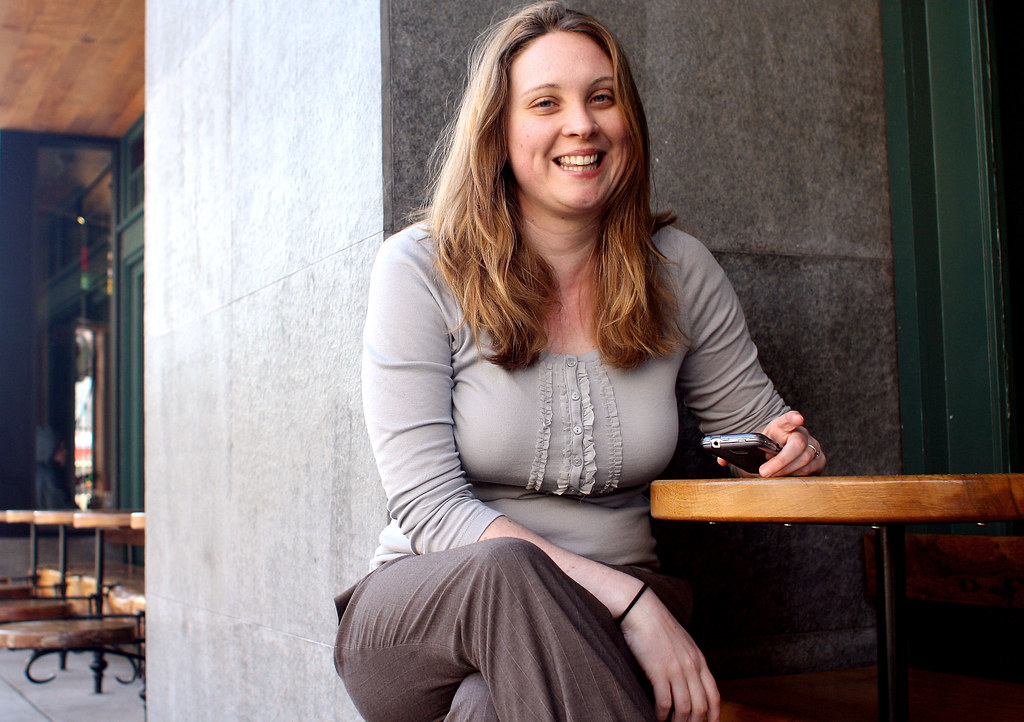
SF State student Adam Millman doesn’t work during the school year, relying entirely on his financial aid to pay the bills. The mechanical engineering major said about 60 percent of that aid goes toward rent, leaving not much behind.
“I have just enough money for food,” Millman said, adding that he is cheap, which allows him some perks, like buying materials needed for school or paying registration fees for a triathlon. “On occasion, I can do something fun.”
Millman lives in the Outer Sunset, one of the more affordable areas to rent in the city. The median rent for a 1-bedroom is $1,500 and the suggested income needed to live there is $55,000, according to a new map that details the median one-bedroom rental prices by neighborhood in the city. The map even includes the needed income necessary to afford the rent based on the general rule that tenants should only spend one third of their income on rent.
SF State student Stephanie May designed the map in her spare time while working on her thesis for a master’s degree in geography. The map has garnered much attention, getting tens of thousands of hits on MapBox, a website that provides map making tools and provides hosting services.
Click image for interactive map

“I didn’t expect it to be so popular,” May said, adding that she’s made many maps before that weren’t so popular. The Huffington Post, Gizmodo and Burrito Justicehave done write-ups on May’s map.
The heat map uses more than 14,000 apartment rental prices that were listed during the last half of 2012.
Unlike other rent maps that use averages to represent data, May’s map uses the median prices. A method more accurate than averages when working with rental prices, May said. Averages can be misleading because really high or really low numbers can skew an average, she added.
The Financial District has the highest rent at $3,250, and a yearly suggested income of $120,000. One of the neighborhoods with the cheapest rent is Visitacion Valley at $1,250 a month, with a suggested income of $45,000.
May admitted the high income was added for dramatic effect and that most people spend way more than 30 percent of their income on rent.
“It’s really depressing,” May said, referring to the lack of affordable housing in the city. “But it’s a reality.”
May lives in the East Bay where housing is more affordable.
“The majority of renters in San Francisco probably pay over 30 percent of their income in rent,” May said.
Sara Shortt, executive director of the Housing Rights Committee of San Francisco, agrees that renters are paying much more than 30 percent of their income on rent.
“Most people will tell you they’re paying maybe 40, 50 percent,” Shortt said. “But it’s not unusual for people to be paying 60 or 70 percent now, it’s crazy.”
Shortt said there used to be pockets of affordable housing in the city, but not anymore.
“Most people afford to stay in the city by living with roommates,” Shortt added.
While creating the map, May was shocked to discover that neighborhoods around new housing developments in South of Market, Mission Bay, Potrero Hill, Bayview and Candlestick all contributed to a large jump in rent to areas that were once affordable.
“When you think about it, it makes sense,” May said. “But it’s still pretty dramatic.”
While many people can’t afford to live in the city, there are an increasing number of people who can.
“It is super split,” Shortt said. “Some people are making that much money, and a lot of people are making way less and they’re just out of luck.”




